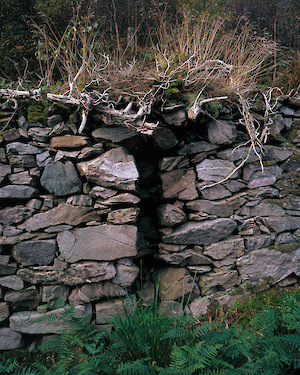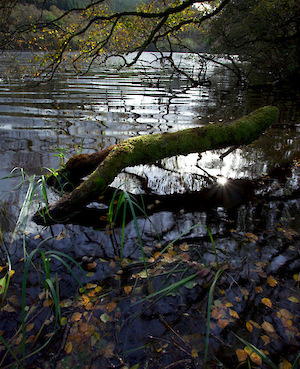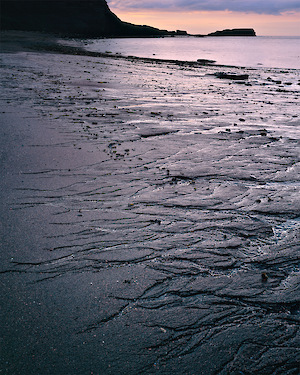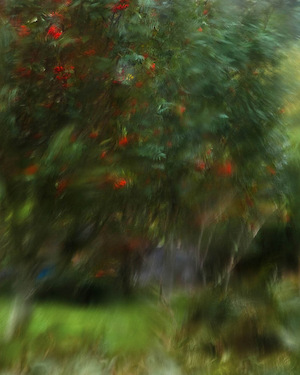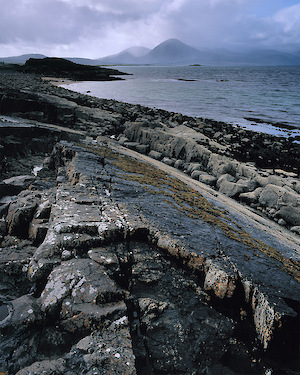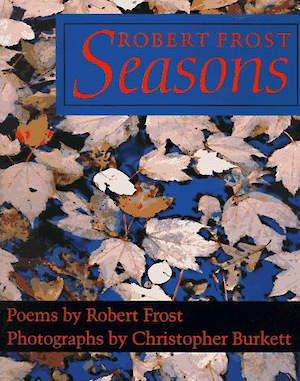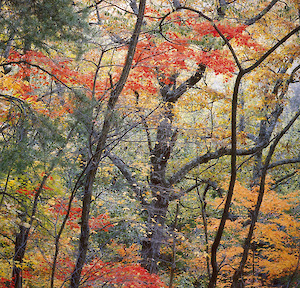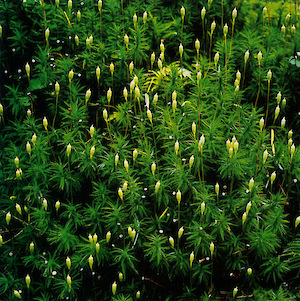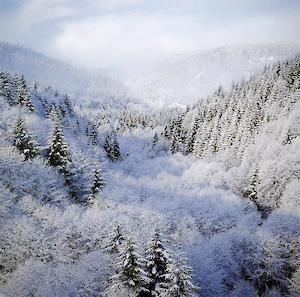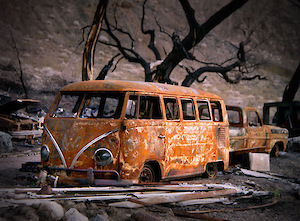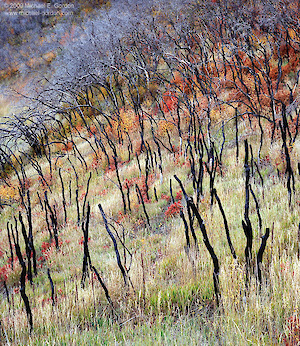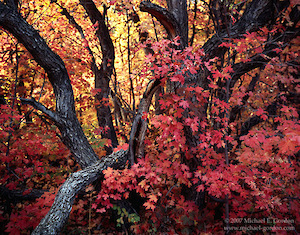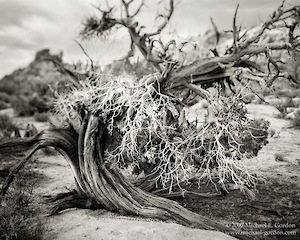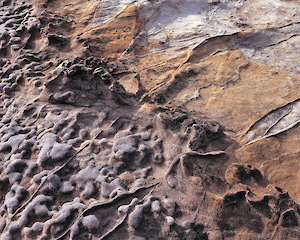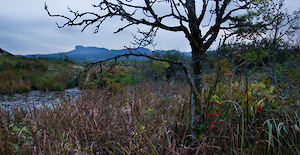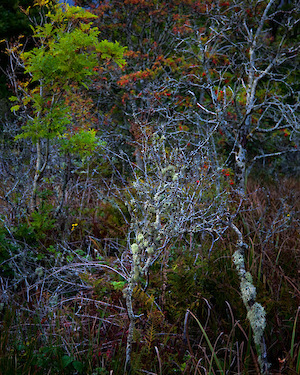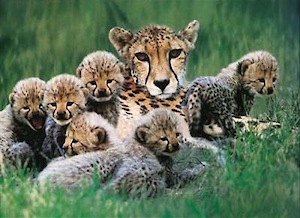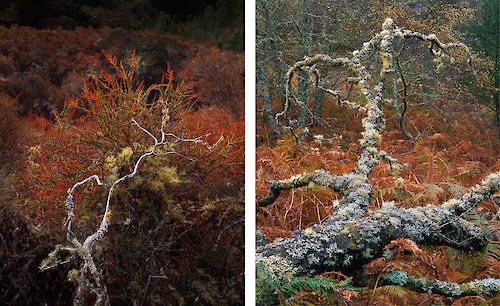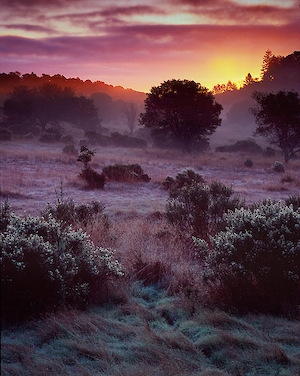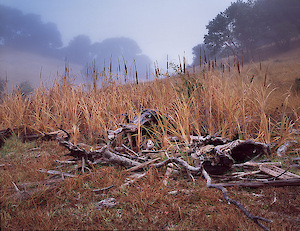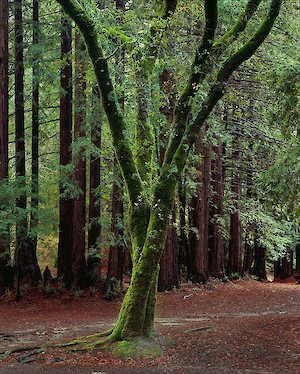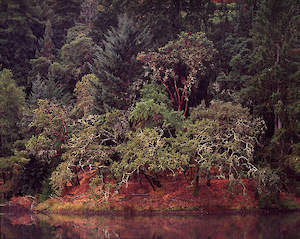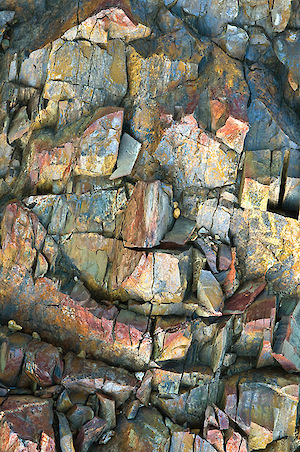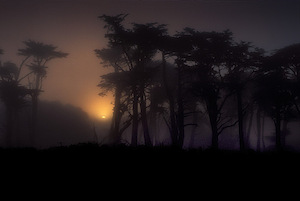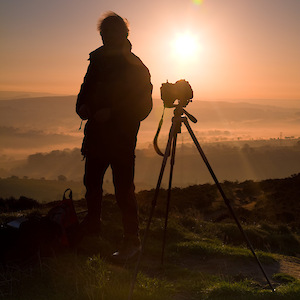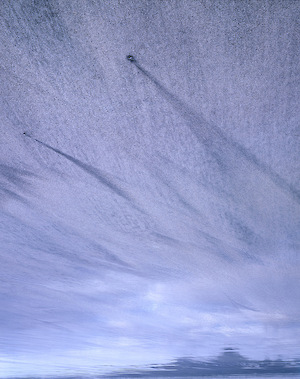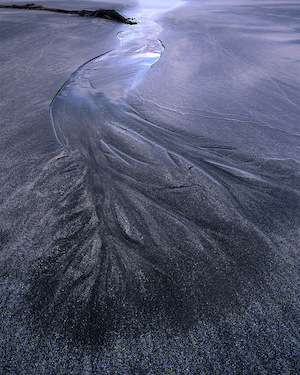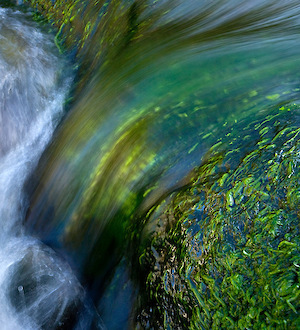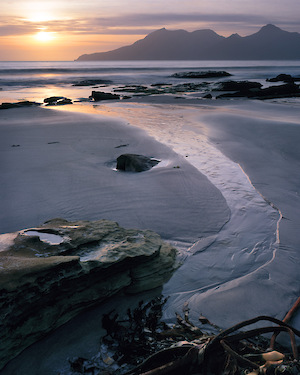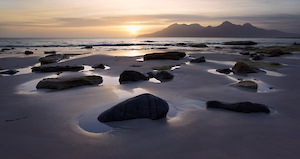Excuse the slightly dull academic tone of this post but a couple of recent blog posts and article got me rethinking about ‘what is landscape photography’. I know for most of you it doesn’t really matter but these are the sorts of things that get stuck in my brain for some reason. Here goes..
Following the discussion about over at Guy Tal’s and Jim Goldstein’s about the ‘photographic medium’ and ‘landscape photography’, Darwin Wigget and Samantha Chrysanthou have posted a particularly controversial article on a similar theme over at Nature Photographers online magazine.
They create an imaginary continuum between the Purists (film users who decry any manipulation and are trying to capture reality) and the processors (for whom anything goes, composite images, artifical content, etc. reality be damned). Then they say “All graphic art is illusion and no two dimensional medium can reproduce our three dimensional world” (paraphased), drawing the conclusion that photography can’t reproduce reality so any suggestion that photography is doing so is invalid.
From here, they use examples of photographers that are happy to clear up a foreground when they are on location but not happy to clone out the same items in post processing. This is so as to highlight the ‘extremes’ of the purist approach.
We can only conclude from the premise and the examples that the purists have an inconsistent view when we look at photography as ‘art’. (or that they’re just a bit nuts in general).
The core of the argument is that we should not look at photography as a way of communicating reality; We should look at a photograph as just a form of artistic expression. Comparing our work with some sort of ‘objective reality’ is misguided at best.
All sounds good .. almost .. but this is on the ‘Nature Photography’ website where I would imagine nature photography means ‘photography of or about nature’. In my eyes, landscape photography (where I talk of nature photography and landscape photography as synonymous) has always been about photographs of or about the natural world. Not an imagined natural world, the natural wold. The landscape that every body has the potential to go and visit. This implies an objective reality at its very core. The word photography also implies something otherwise painting would be included.
The article says..
“We as photographers need to do two things: educate the public by not pretending our photographs are ‘reality’ when they are not, and be permissive with each other to avoid that tendency of photographers to pretend they have only ‘manipulated’ their image to make it look ‘like what I saw.'”
So by conclusion, we shouldn’t try to make any distinction between ‘pure’ photographs, manipulated or filtered photographs, composite photographs (swapped in skies from another country at another time perhaps) or completely manufactured pictures made in computers (possibly from pixels sourced from a photograph).
Presumably, we should no longer label photographs with locations or with the names of plants, animals or geology because this would lead the viewer to the conclusion that the photograph was a ‘picture of that real object’.
“All graphic art should be judged on how well it expresses its subject matter, and nothing else. If the idea or story the artist meant to convey is successfully told, then the image succeeds. If not, well…time to practice some more.”
This sounds good again but it presumes that the viewer of the photograph works totally without context; whereas in reality, the viewer draws a large amount of context from the place the that photograph is seen, associated photographs, the parallels that the viewer draws from their experiences of similar photography. All of this accumulated context must be taken into account.
For a photograph to be judged just on its merits alone, it should not appear on a website that has any narrative content. It must appear in front of the viewer without associations (i.e. not linked to from any particular source and not received from any particular individual) and must be accepted with any empty mind. This just isn’t going to happen.
Photographs are presented on ‘landscape photography’ galleries or in shows about ‘nature photography’. Or they appear in forums about the wilderness or linked from friends blogs who are painters or sculptors. Each of these contexts will add the expectation that the viewer has about a photograph.
In my opinion, if a photograph appears on a landscape photography website with captions that give a location of some sort, this suggest a representation of reality captured primarily using photographic processes.
Darwin and Samantha would have us think that the photographer uses a photograph as a way of piping colour texture and shape onto a pallete which can then be used in anyway that they see fit and still label the work landscape photography (actually they probably aren’t but it sounds this way).
Boundaries – How far can we go..
There is a grey area somewhere between cloning out foreground details and pasting in computer generated mountains where a peice of art stops being ‘just’ landscape photograhy and becomes something else. I don’t know where that boundary is but I know there is one and if we cross it, we should be aware of the consequences for ourselves, our viewers and our other photographers, future and past.
This all comes down to more unanswerable questions. What is a photograph? what is landscape photography?
-
“photography” – in my opinion it’s the result of a process that predominantly photographic.
-
“landscape photography” – I’ve given my opinion on this one previously but it’s becoming more refined as I think about it – ignoring subject matter for now, my current opinion is that it is a landscape photograph is predominantly about the natural world and our relationship with it.
So under my own personal definition of landscape photography, if a landscape photography is manipulated such that it represents some part of the natural order that could not be captured photographically, it is no longer a landscape photograph. So what does this include and exclude?
I’ve been chatting with Tristan Campbell recently and he has a couple of examples of photographic illustrations and computer generated landscapes that are worth looking at. Firstly is an astonishing and beautiful computer generated image of what looks like a bonsai tree in a cave of some sort. This is 100% artificial and I think fairly obviously wouldn’t be a ‘landscape photograph’
http://www.absolutely-nothing.co.uk/default.aspx?cid=995&p=1
Next is a photo composite of Tristan’s that is more closely related to the landscape but I would not class as a landscape photograph
http://www.absolutely-nothing.co.uk/default.aspx?cid=908&p=1
While I’m talking about Tristan I should point out that these don’t represent the whole of Tristan’s work – he’s an excellent photographer of the natural landscape and I would recommend a look at his gallery..
Next on my journey toward landscape photography..
Here is an article on how to replace skies in landscape photographs
Replacing the Sky
Is the result a landscape photograph. This one is contextual for me. If the picture results in something that could have happened then I don’t have too much of a problem. However, local coastal weather patterns, sun direction, colour cast of reflected light, seasonal inconsistencies, etc. Can all make a mockery of a picture. Pasting a sierra wave over a picture of the yorkshire dales in winter would obviously look stunning but would be utterly false. This is the sort of honesty that I feel is important in pictures that I see billed as landscape photographs – If you’d marked the resulting picture as a photographic composite, or a photographic illustration – then I have no problem with it at all.
However, a recent article in a British photography magazine talked about how to take a foreground out of one picture and paste it into the middle and background of another picture. Essentiall copy and pasting some rock structures or a couple of trees into another shot from another location to adding ‘essential foreground’ to your landscape photographs. I don’t know about anybody else but I would feel that a photographer was being dishonest if they put such a picture into a gallery of ‘landscape photographs’.
Nature/Landscape photography can be as interpretive as it likes but I feel it should still represent the inherent truths of our natural world; the symbols inherent in the subject of our photography should remain intact.
For a landscape photographer, the natural world should be our musical scale, photography is our music.
p.s. I should add that I can understand where Darwin and Samantha are coming from and I don’t think they intend to suggest that reality plays no part in landscape photography. It is also possible that the different perceptions of landscape photography in the UK and the US leads to different expectations of veracity in the audience. I also don’t mean to be directly critical of Darwin or Samantha’s points of view – My only wish is to continue an interesting line of discussion and to, hopefully, get some feedback from readers as to their opinions.
Click to view full post including 10 Comments
